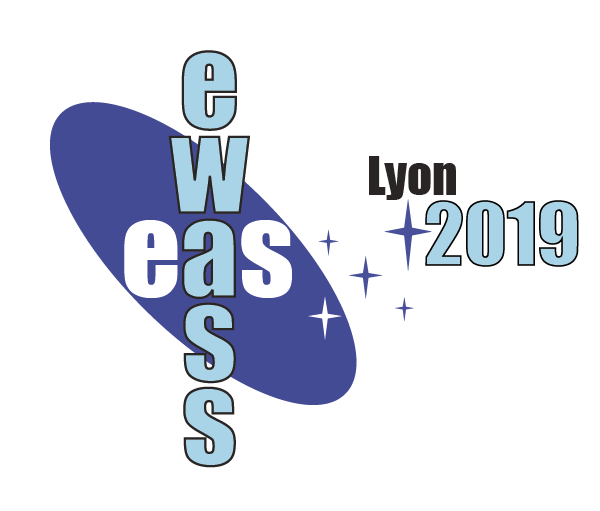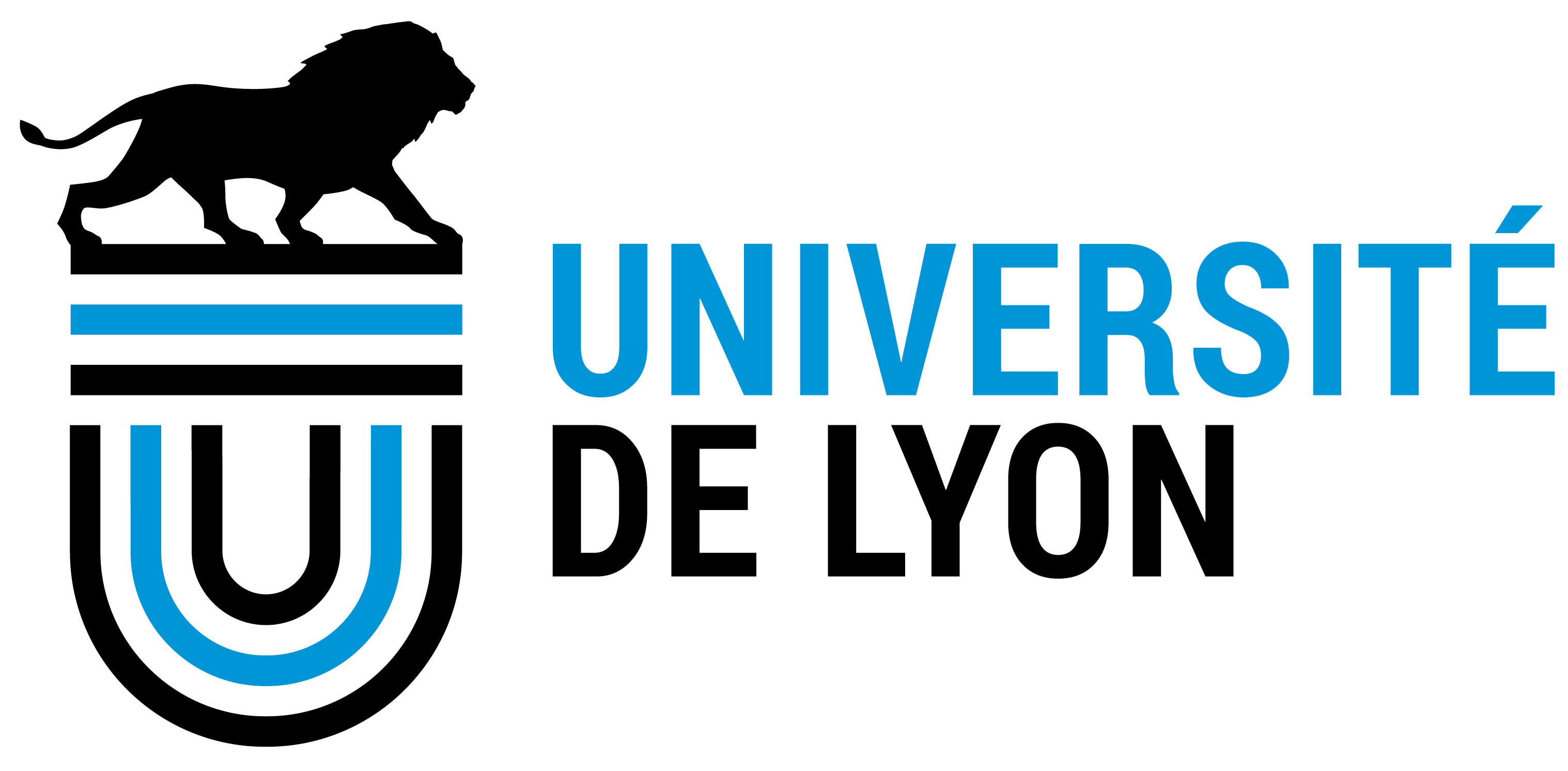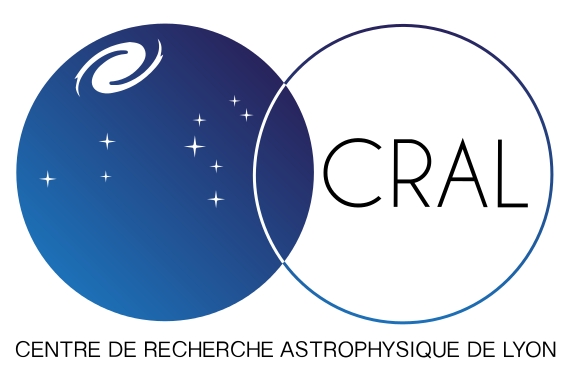
|
Lunch Session LS8
24 June 2019
Python in AstronomyThe growth in the use of the Python language in many disciplines has been well documented; astronomy is no exception. Why is Python so popular? What resources are available to learn it and support its use? What are astronomers doing with this language? This lunch session answers these questions, offers opportunities to ask researchers about their use of the language, and encourages discussion and idea sharing among participants. Programme
Invited speakers
Scientific organisers
Contact John Wenskovitch, johnwenskovitch @ gmail.com / Mohammad Akhlaghi, mohammad @ akhlaghi.org Updated on Tue May 07 11:31:02 CEST 2019
|
||||||||||||||
|
European Week of Astronomy and Space Science / The annual meeting of the EAS |
|||||||||||||||
 A power cut will shut down all EAS services on Tuesday, 10 January 2017 starting at 7:30 CET.
A power cut will shut down all EAS services on Tuesday, 10 January 2017 starting at 7:30 CET.





